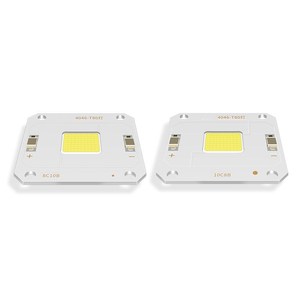جميع الفئات
مختارات مميزة
سُبل حماية الطلبات
مركز المشتري
خدمات التجارة
احصل على التطبيق
احصل على تطبيق Alibaba.com
اعثر على منتجات، وتواصل مع مورِّدين، وقم بإدارة مدفوعاتك لطلباتك باستخدام تطبيق Alibaba.com في أي وقت وفي أي مكان.
معرفة المزيد(12181 منتجًا متوفرة)



















































































































































